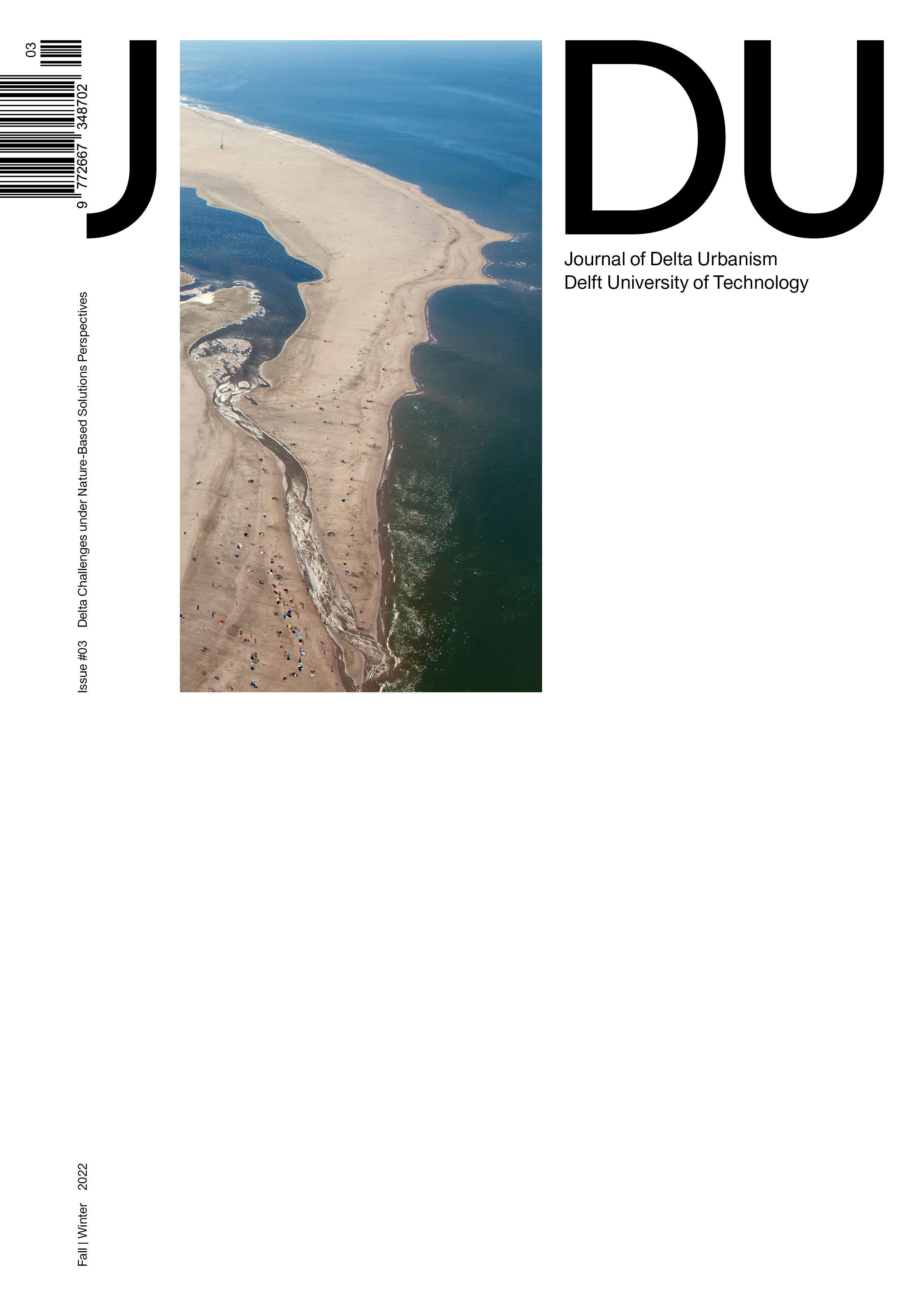Abstract
This article presents the results of ecological restoration actions with the participation of native Huarpe communities in the Ramsar Site " Lagoons of Guanacache, Desaguadero and Bebedero" in the province of Mendoza, in the Cuyo region of Argentina. Since 2011, the project has been working with local people to restore the wetlands in the area. In order to accumulate rainwater as a filling source and trap sediment to recover the old lagoon bottoms degraded by erosion, hydraulic structures were designed, embankments with clayey material, surfaced and suitably fixed to the lateral ravines of the gullies intervened. A total of 14 restoration projects were built in different degraded areas of lagoons and marshes associated with the Desaguadero River. With these interventions, some 1000 ha of wetlands are being restored, which has contributed to improve the associated biodiversity and to recover ecosystem services, such as access to fresh water and improved grazing for livestock production, the main economic activity of the local community. Thanks to this initiative, some 300 families living in the area have benefited in environmental and economic terms.

This work is licensed under a Creative Commons Attribution 4.0 International License.

